Reference Browser
The Reference Browser enables you to quickly understand complex relationships between different entities that constitute the model.
To navigate and understand the relationships between the different entities, double-click on an entity to trigger a cross referencing operation.

Figure 1. . Forward and back buttons enabled to navigate between cross references states.
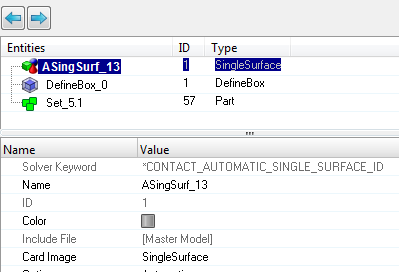
Figure 2. . Entity Editor invoked in the Reference Browser.
Simplified and Detailed View
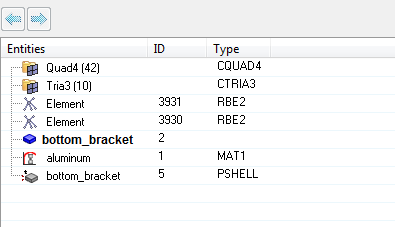
Figure 3. Simplified View
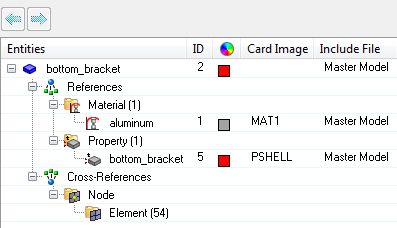
Figure 4. Detailed View
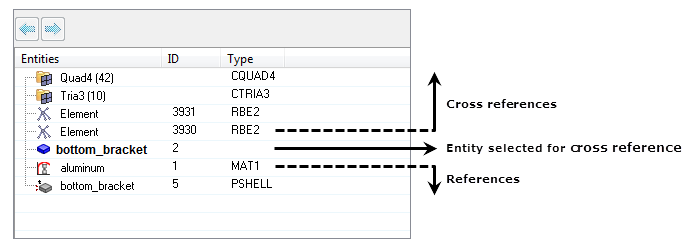
Figure 5. References and Cross References of a Component
Cross referenced entities are shown in a flat list. If there is more than five instance of a given entity or element configuration, then entities will be displayed in a folder. For elements and nodes, the detailed content of the folders is not exposed, as the number of entities cannot be contained in a folder.
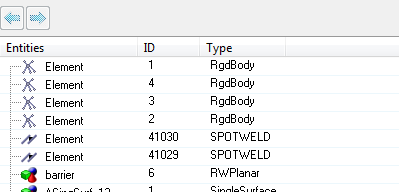
Figure 6. Segregation of Elements by Type and Configuration
In the Detailed view, related entities are broadly classified into Reference and Cross-reference folders, and entities are listed accordingly.
References, represented by ![]() , correspond to entities that are
referenced by the specified entity. The hierarchy is a view down from the selected
entity(s) within the model, listing the entities that are referred to by the
selected entity(s). For example, in the case of a component, the References folder
lists the elements, material, and property assigned to the component.
, correspond to entities that are
referenced by the specified entity. The hierarchy is a view down from the selected
entity(s) within the model, listing the entities that are referred to by the
selected entity(s). For example, in the case of a component, the References folder
lists the elements, material, and property assigned to the component.
Cross-references, represented by ![]() , correspond to entities that
reference the specified entity. The hierarchy is a view up from the selected
entity(s) within the model, listing the entities that refer to the selected
entity(s). For example, in the case of a component, the Cross-references folder
lists the groups, sets, output blocks, and so on that refer to the selected
component. For components, the Cross-reference folder contains sub folders named
Node (
, correspond to entities that
reference the specified entity. The hierarchy is a view up from the selected
entity(s) within the model, listing the entities that refer to the selected
entity(s). For example, in the case of a component, the Cross-references folder
lists the groups, sets, output blocks, and so on that refer to the selected
component. For components, the Cross-reference folder contains sub folders named
Node (![]() ) and Element (
) and Element (![]() ), which lists the entities where
the selected component’s node or element is referred.
), which lists the entities where
the selected component’s node or element is referred.
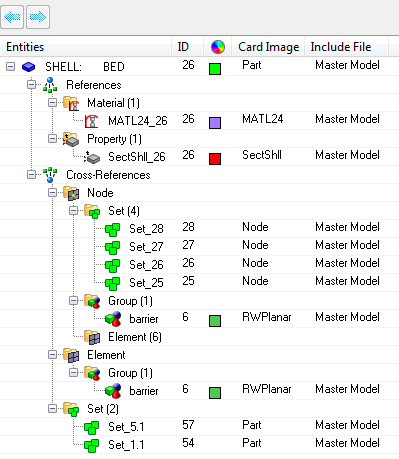
Figure 7. Detailed View in the Reference Browser